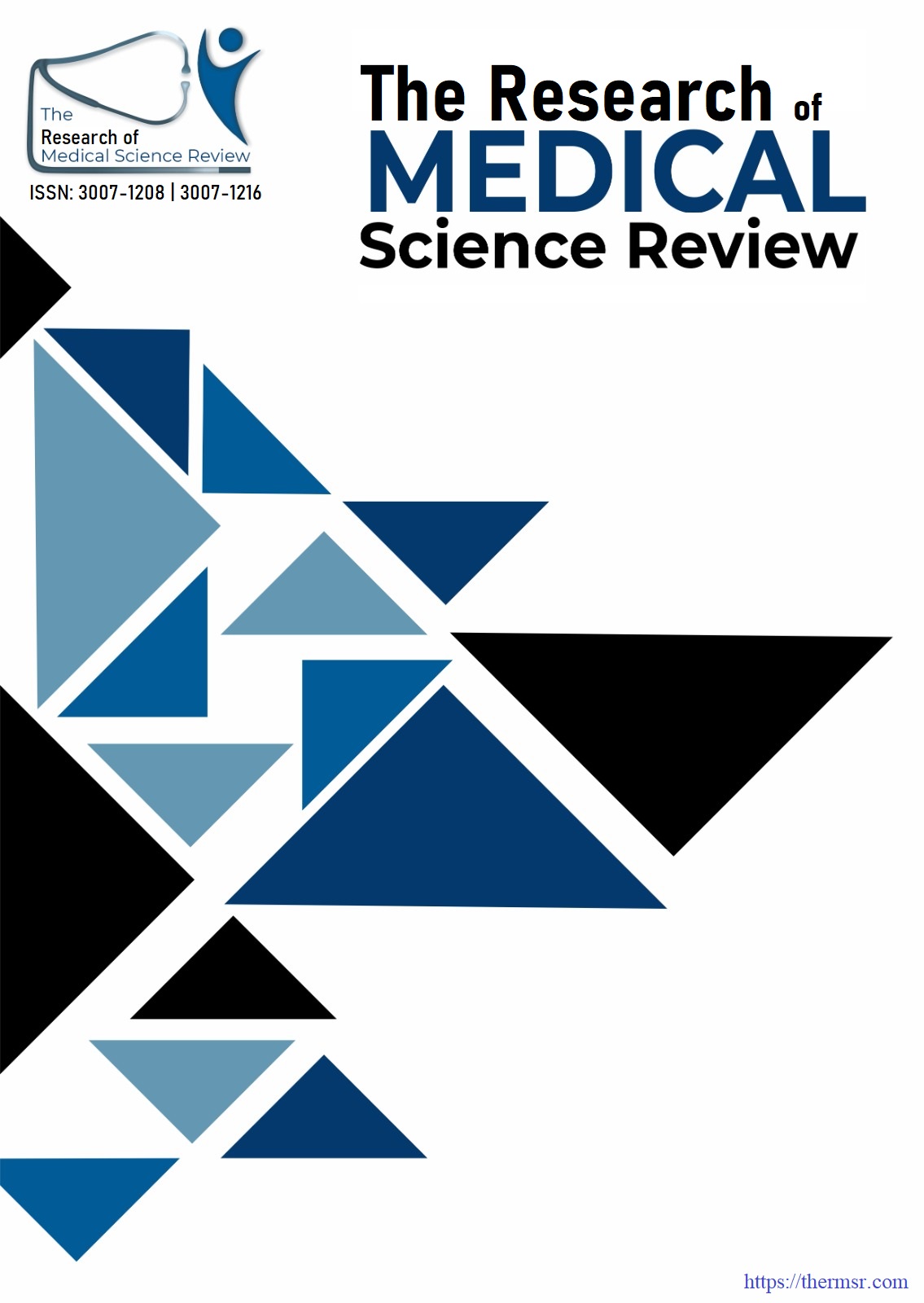EFFECTIVENESS OF NON-INVASIVE VENTILATION FOR TYPE 2 RESPIRATORY FAILURE IN CHRONIC OBSTRUCTIVE PULMONARY DISEASE (COPD) EXACERBATION
Keywords:
Chronic Obstructive Pulmonary Disease, Effectiveness, Exacerbation, Non-Invasive Ventilation, Respiratory FailureAbstract
Background: Acute exacerbations of COPD often result in Type 2 respiratory failure (T2RF), marked by hypercapnia and respiratory acidosis. Non-invasive ventilation (NIV) has emerged as the primary treatment for these kinds of conditions, decreasing the necessity for intubation and enhancing results. Our study findings illustrated the essential importance of NIV in the management of acute hypercapnic respiratory failure during COPD exacerbations within our local community. Objectives: To determine the effectiveness of non-invasive ventilation, for type 2 respiratory failure in chronic obstructive pulmonary disease (COPD) exacerbation in patients presenting to tertiary care hospital. Methodology: This six-month cross-sectional study (September 2024-February 2025) at PIMS, Islamabad assessed the efficacy of NIV in patients with COPD and T2RF. We enrolled 178 adult males and females (ages 18-60) who met GOLD criteria for acute exacerbation (pH 7.25-7.35, PaCO₂ 55-75 mmHg). Patients were given standardized non-invasive ventilation with a full-face mask, with an initial inspiratory positive airway pressure of 10 cm H₂O and an expiratory positive airway pressure of 4-5 cm H₂O, titrated to a maximum of 20 cm H₂O. Oxygen saturation levels maintained between SpO₂ 88-92%. The primary outcome (treatment efficacy) required three criteria at 48 hours: pH ≥7.35, symptom relief, and a normalized respiratory rate. The data was methodically input and analyzed using SPSS version 25.0. Effect modifiers were addressed via stratification, the chi-square test was employed, and a p-value of ≤0.05 was considered statistically significant. Results: The study included 178 T2RF COPD patients. The average age was 35.39±11.26 years, with 62.9% of persons under 40. The majority of patients (66.3%) were male. 66.9% (n=119) of COPD patients with Type 2 respiratory failure responded well to non-invasive ventilation (NIV), while 33.1% (n=59) did not. Infection and NIV non-compliance aggravated 28 (47.5%) and 31 (52.5%) of those who failed to respond. Gender, age, BMI, and PCO₂ levels did not significantly impact outcomes. Long-term COPD (≥5years) was linked to improved responsiveness, possibly due to disease management techniques. Conclusion: The effectiveness of NIV was observed in 66.9% of cases involving COPD exacerbations, with pH normalization and extended disease duration serving as predictors of successful outcomes. The findings provide evidence for the efficacy of NIV as the primary treatment for Type 2 respiratory failure.
Downloads
Downloads
Published
Issue
Section
License

This work is licensed under a Creative Commons Attribution-NonCommercial-NoDerivatives 4.0 International License.















